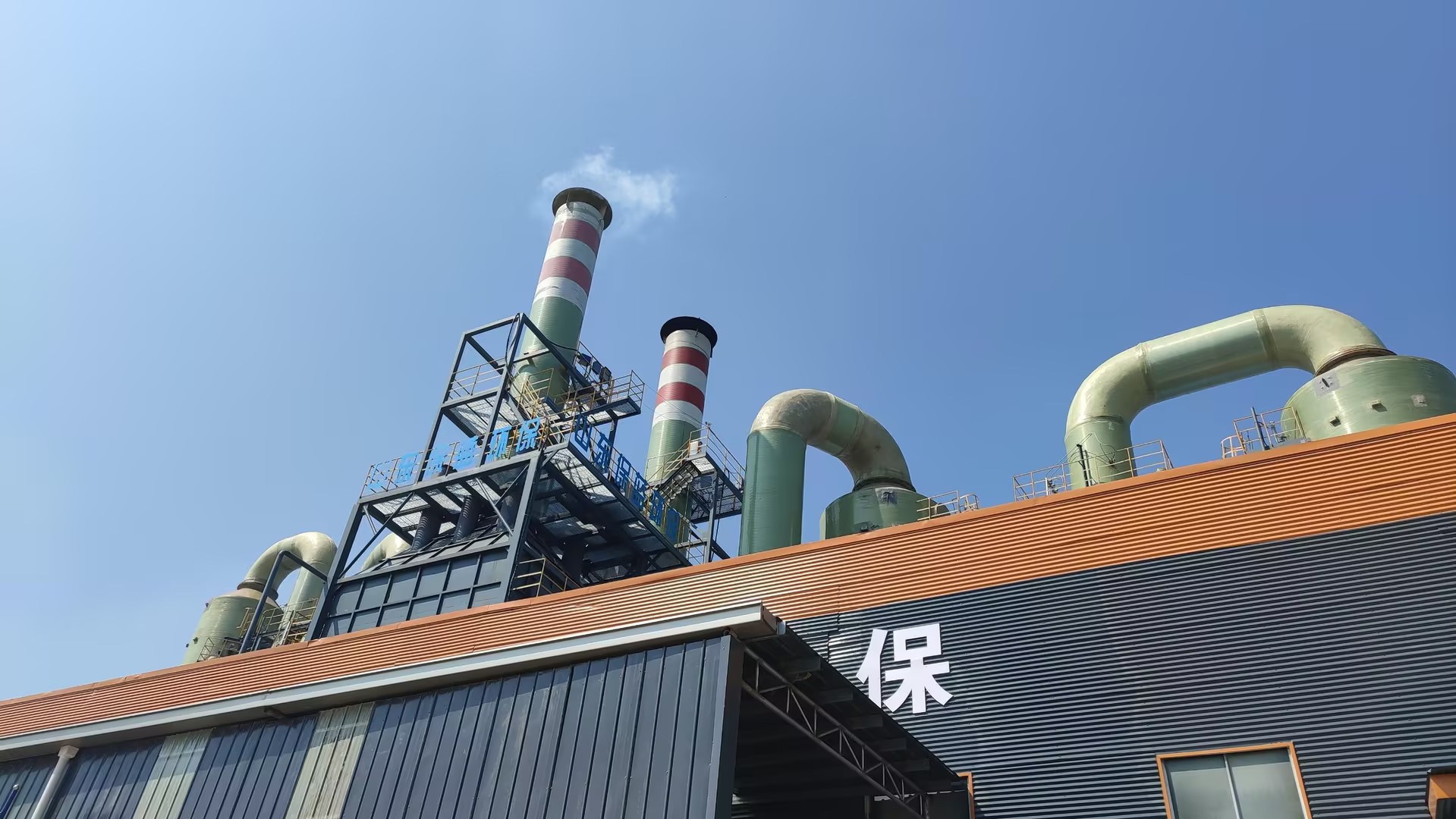Welcome to BAOLAN EP INC.
24-Hour Hotline
- Carbon Capture Utilization
- VOCs series
- DeSOx-DeNOx-Dedust
- Consumables

Contact Baolan

Address: Jurong East Road, Huantai Industrial Park, Zibo City, Shandong Province
Tel: +86-135-8959-1050
E-mail: [email protected]
Tel: +86-135-8959-1050
E-mail: [email protected]
Industry Knowledge
Introduction to Dual Alkali Desulfurization Process
时间: 2025-08-07 15:25
The dual-alkali desulfurization method is a type of wet flue gas desulfurization technology that removes SO? from flue gas through staged reactions using two alkaline substances (usually sodium alkali and calcium alkali).
The dual-alkali desulfurization method is a type of wet flue gas desulfurization technology that removes SO2 from flue gas through staged reactions using two alkaline substances (usually sodium alkali and calcium alkali). It features both high desulfurization efficiency and low cost. Below is a detailed analysis of its process principles and characteristics:
I. Process Principles
i.Absorption Stage (mainly sodium alkali)
Flue gas enters the desulfurization tower and contacts the sprayed NaOH/Na2CO3solution countercurrently, undergoing the following reactions:
SO2+2NaOH→Na2SO3+H2O
SO2+Na2CO3→Na2SO3+CO2↑
Advantages: Sodium alkali has high solubility and fast absorption rate, suitable for high-efficiency desulfurization (efficiency can reach over 95%).
ii.Regeneration Stage (calcium alkali precipitation)
The absorption liquid enters the regeneration tank, where lime (Ca(OH)2) is added to regenerate sodium alkali and produce calcium sulfite/calcium sulfate precipitates:
Na2SO3+Ca(OH)2→2NaOH+CaSO3↓
Na2SO4+Ca(OH)2→2NaOH+CaSO4↓
Advantages: Sodium alkali is recycled, reducing operating costs; by-products (gypsum) can be utilized as resources.

II. Process Characteristics
1. Technical Advantages
High desulfurization efficiency: Sodium alkali absorbs quickly, suitable for treating high-sulfur flue gas (SO2 concentration > 3000 mg/m³).
Low clogging risk: The absorption tower contains sodium-based clear liquid, avoiding scaling issues found in the limestone method.
Flexibility: Can adapt to load fluctuations by adjusting pH value and liquid-gas ratio.
Controllable by-products: Gypsum (CaSO4) produced can be used in building materials, reducing solid waste disposal pressure.
2. Economics
Low operating cost: Sodium alkali is regenerated and recycled, only a small amount of loss needs to be replenished (about 5-10%).
Moderate investment: Equipment corrosion resistance requirements are lower than the ammonia method, but a regeneration system needs to be added.
III. Application scenarios
Small and medium boilers/sintering machines: Suitable for conditions with large sulfur load fluctuations.
Water-scarce areas: Compared to the limestone-gypsum method, water consumption is lower.
High sulfur coal flue gas: The high reactivity of sodium alkali ensures compliant emissions.


Copyright © 2014-2023 BAOLAN EP INC.
Telephone: +86-135-8959-1050 E-mail: [email protected]
Address: Jurong East Road, Huantai Industrial Park, Zibo City, Shandong Province




